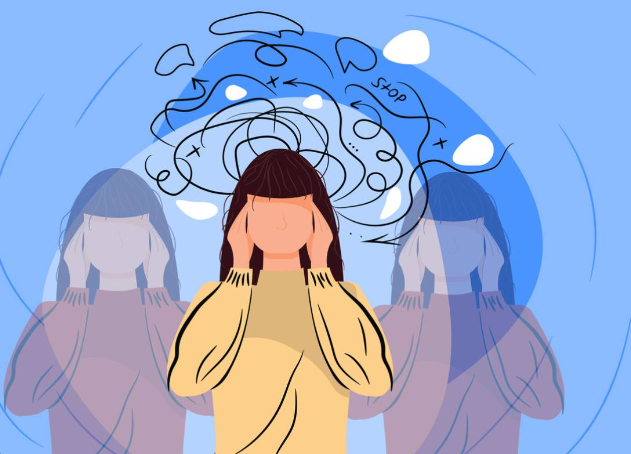
How to plan an instagramable dinner night
July 14, 2023
How is real wool made?
August 22, 2023Challenging behaviour is often a response to unmet needs combined with communication difficulties. Identifying the cause of the distress is a vital step to help manage overwhelming feelings and avoid stressors in future.
This means you need to be able to identify when challenging behaviour is a trauma response. On the other hand, trauma responses not involving challenging behaviour can easily be missed, despite still causing significant problems.
Externalised responses
Some responses to trauma are external. Obvious examples are shouting and screaming, throwing things and other behaviour that may be dismissed as a “tantrum.” It is easy to see the reaction, but not necessarily what causes it.
For instance, if someone lashes out after being touched, it may be because someone has hurt them before. We can try to help people displaying challenging behaviour to manage their feelings and reactions but first need to recognise their triggers. A challenging behaviour training course is one way you can better learn to assess these situations for yourself and tailor your own responses.
Internalised responses
Internalised responses to trauma are less visible, and therefore less likely to inconvenience others.
These kinds of responses may include zoning out or disassociation, poor concentration, sleep difficulties, trouble building or maintaining relationships, overreacting to small inconveniences, perfectionism, clingy behaviour, increased sensitivity to external stimuli, negative self-talk/self-esteem issues, production of negative or disturbing artwork, or even physical symptoms such as headaches or stomach aches.
Such responses can be significantly detrimental to the individual’s quality of life, but they are easy for other people to ignore. You may even re-traumatise them without realising. With increased attention to the importance of trauma-informed care, only by recognising trauma can you ensure that the person has access to appropriate support, such as therapy.
Whether externalised or internalised, trauma responses can have a profound impact on an individual. A challenging behaviour training course can help you identify and categorise reactions, but you still need to be paying attention to notice sometimes subtle signs of trauma. Without knowing the cause and triggers, there is a risk of re-traumatisation.


